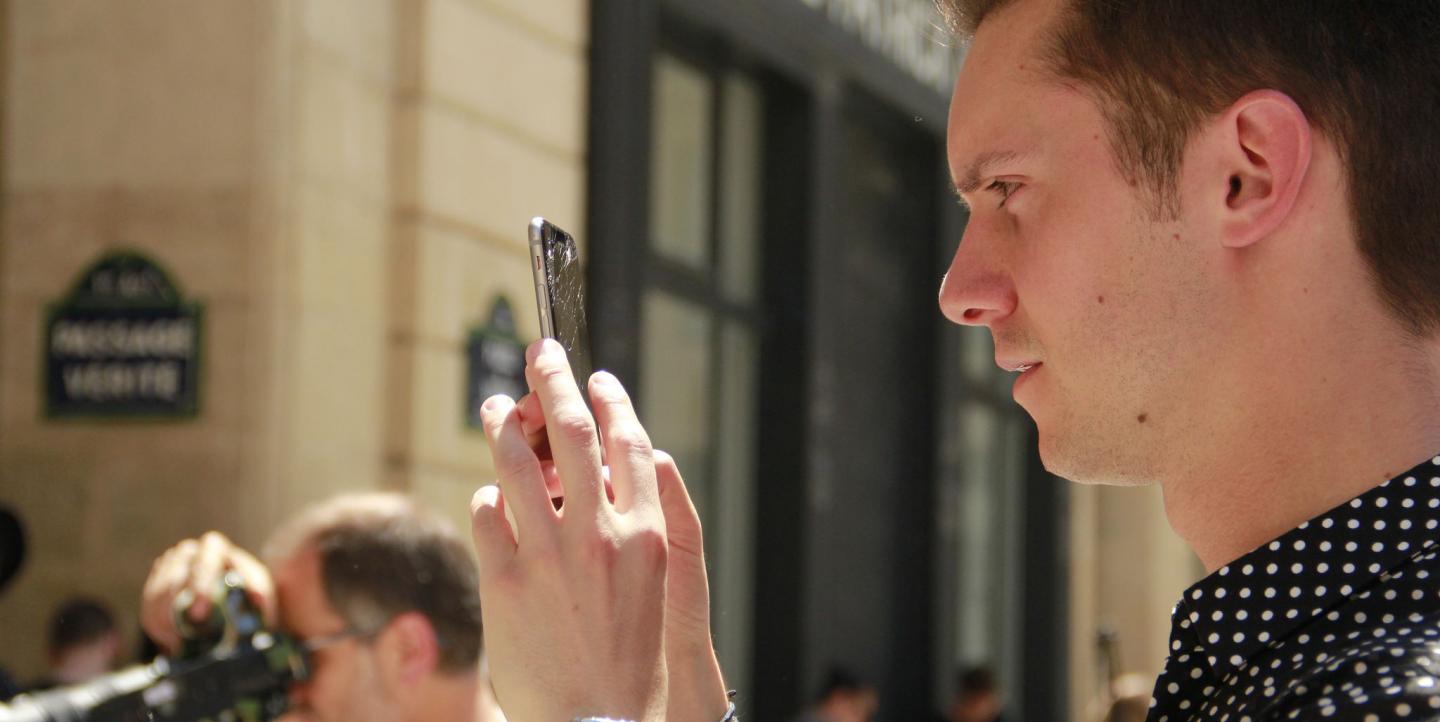Eyewitnesses armed with smartphones have changed the newsgathering process dramatically. How fast and how well news organizations work with these citizen journalists is becoming a competitive edge.
“Eyewitnesses don’t need news organizations to publish their content. They have access to social media to publish whatever they want,” said Fergus Bell, news consultant at Dig Deeper Media and former AP editor for social media and user-generated content (UGC).
“The better you think about how you work with your audience to capture the content that you can add context to, the more likely they are to come to you rather than post it to a platform, or send it to a competitor,” he said.
Below is an excerpt from an interview with Bell.
What do you think is the difference between user-generated content and journalistic work?
There is no real difference between the content created by eyewitnesses and that by journalists. In covering breaking news, especially if the journalist is not there yet, the eyewitnesses are capturing what journalists would have captured, just often without professional cameras. The difference comes from putting that content through an editorial process.
The question of the difference between journalists and content contributors is an old one. Looking for differences is not the way to move forward, it’s looking for ways we can work together.

Why is it important that we work together?
The whole process of newsgathering is becoming more transparent and open. Whether we like it or not, our newsgathering is visible for all to see. Our readers often have access to the same materials as we do, at exactly the same time. Equally, when we communicate disrespectfully with content distributors, it is transparent and it can be dangerous for publications.
The traditional values of newsgathering have not been replicated in the digital space. If we continue to operate the way we do, especially in disrespectful ways, it is unsustainable. Digital newsgathering has to be performed in the same way as print: You have to fact check, you have to build trust, you have to cultivate relationships and you must speak with sources to get the story or get more of the story. This is not being done.
So, many media organizations are publishing without such care?
It’s all about having your own ethical standards and processes when sourcing digital sources, double-checking things and not being under pressure. If it does not meet your standard, you should have the confidence to sit on it and not publish. Many are not doing that, and it is ruining our reputation as an industry. That’s why we are seeing so much fake news and corrections.
If you have standards and processes in place, you will start to recalibrate the audience’s expectations of the news organization. ... If you are getting things right all the time, you will put pressure on the competitors because you will be the more trusted brand.
How should we foster the relationship with eyewitnesses? Should there be a price tag for UGC content?
When we approach an eyewitness for content, it is important to first consider their safety and emotional state. If it is a life-threatening event such as a shooting or natural disaster, we need to consider the risk to them producing the content.
We also need to consider the intent of the creator: Was it intended just for their friends? And we need to inform them of the potential consequences. Lastly, we need to respect the right of the content creator and consider what compensation would be relevant.
Rather than talking about pay, we need to talk about compensation. It is right that people who created the content are compensated, especially if the media are monetizing it for themselves, but that does not always mean money. It can mean respecting the fact that they created the content, such as onscreen crediting, captions, communicating with them on how they wish their content to be seen. If they are hoping to monetize their content and news organization can’t pay, it seems fair for them to ask news organizations to embed instead of downloading their content.
How do you see this developing in the future?
There is a lot of shared knowledge about new publishing techniques, new ways of distribution, new journalism, analytics, new ways to undertake journalism… yet we are not collaborating enough on base knowledge.
Common standards have evolved in journalism over time and have been adopted by all news organizations. For example, the way we protect sources. There are now new standards that need to be adopted. Everyone is just trying to work it out on their own, when working together will get us there quicker, freeing us to focus on things to survive and be competitive.
This post originally appeared on the World Editors Forum blog and is republished on IJNet with permission. Chia Lun Huang is a multimedia journalist at the World Association of Newspapers and News Publishers (WAN-IFRA).
Main image CC-licensed by Flickr via Melissa Barra.

